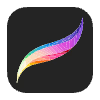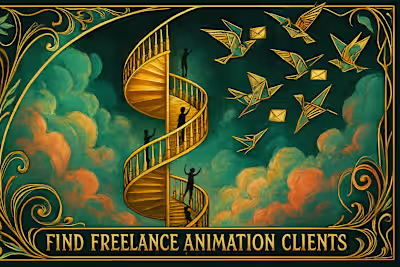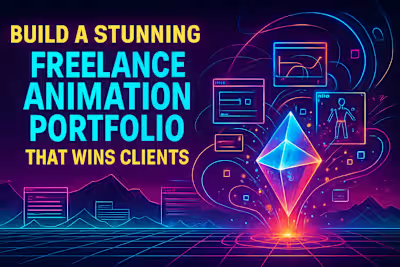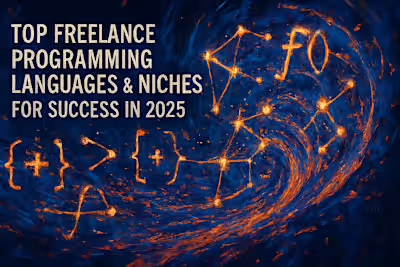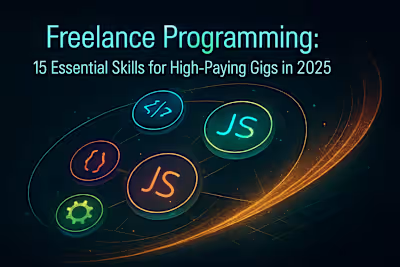Start Your Freelance Animation Career: The Ultimate 2025 Guide
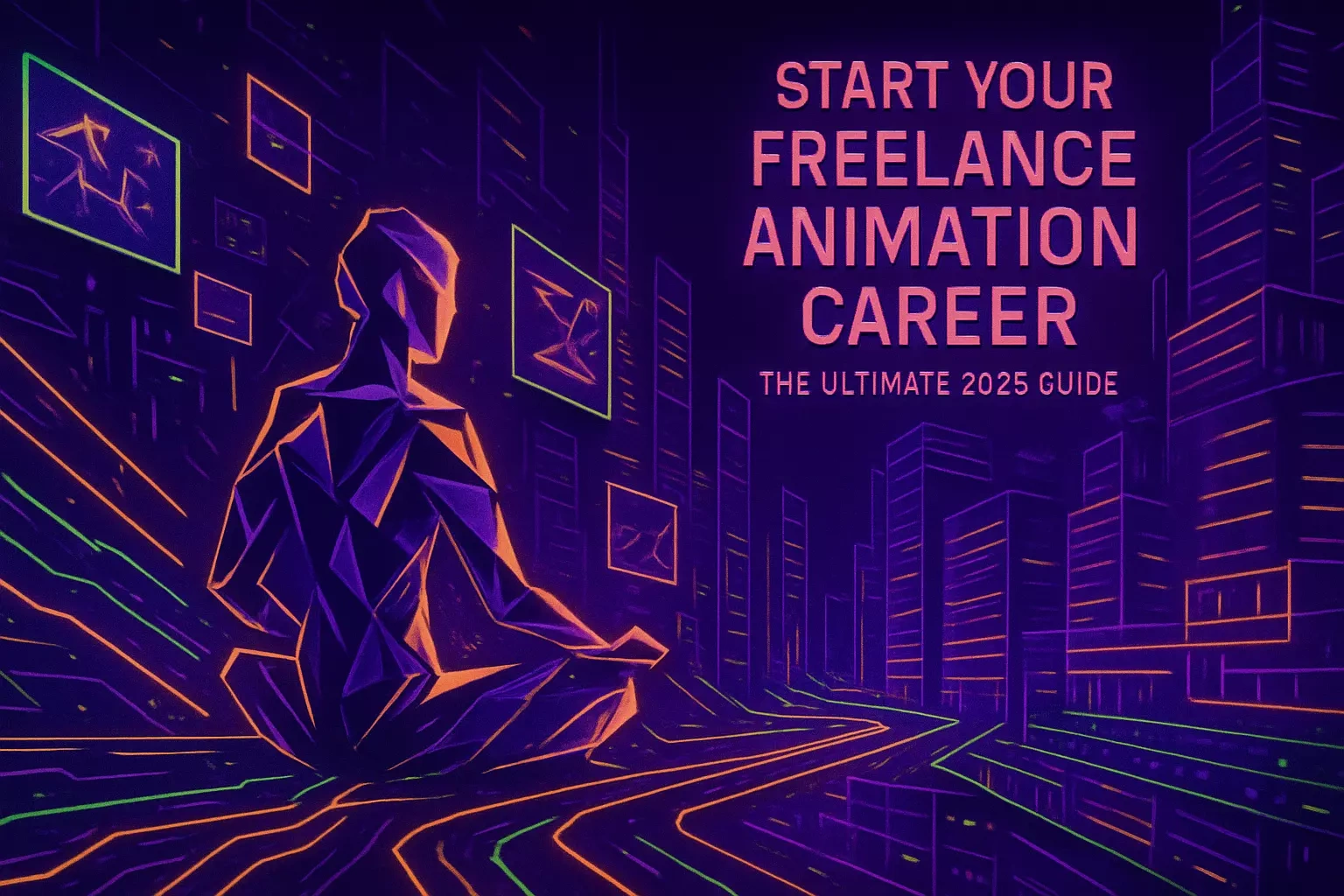
Start Your Freelance Animation Career: The Ultimate 2025 Guide
Understanding the Freelance Animation Landscape
What is Freelance Animation?
Current Demand and Job Outlook for Animators
Pros and Cons of Freelancing in Animation
Essential Skills for Aspiring Freelance Animators
Fundamental Animation Principles
Proficiency in Animation Software
Key Soft Skills: Communication and Time Management
Setting Up Your Freelance Animation Business
Defining Your Niche and Services
Basic Business Setup (Legal and Financial)
Essential Tools and Technology
Breaking In: Your First Steps into the Market
Gaining Experience: Internships and Personal Projects
The Importance of a Basic Online Presence
Networking Basics for Beginners
Conclusion
References
Start Your Freelance Animation Career: The Ultimate 2025 Guide
Understanding the Freelance Animation Landscape
What is Freelance Animation?
Current Demand and Job Outlook for Animators
Pros and Cons of Freelancing in Animation
Essential Skills for Aspiring Freelance Animators
Fundamental Animation Principles
Proficiency in Animation Software
Key Soft Skills: Communication and Time Management
Setting Up Your Freelance Animation Business
Defining Your Niche and Services
Basic Business Setup (Legal and Financial)
Essential Tools and Technology
Breaking In: Your First Steps into the Market
Gaining Experience: Internships and Personal Projects
The Importance of a Basic Online Presence
Networking Basics for Beginners
Conclusion
References
Posted Jun 11, 2025
Kickstart your freelance animation career! Learn essential skills, software, and steps to find your first clients and succeed in the world of freelance animation jobs.




